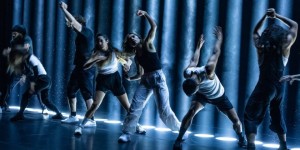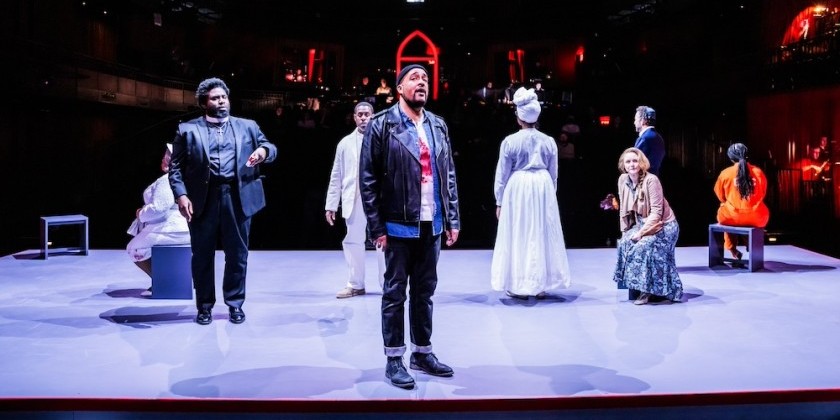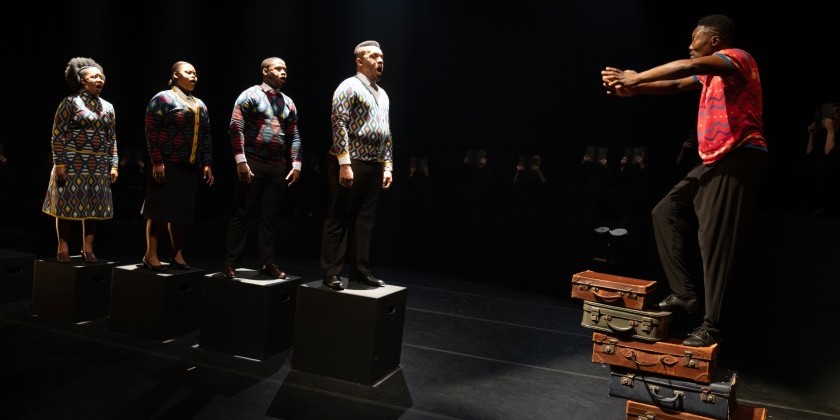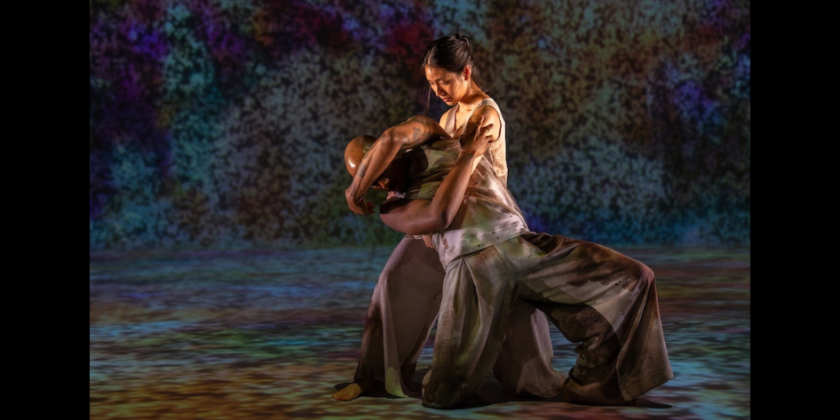Impressions from Istanbul: Korhan Basaran Company in "2nd RAu"

Choreographed by Korhan Basaran
Presented by Akbank Sanat, Istabul, Turkey
June 24, 2014
Performed by Nikki Holck, Elena Valls, Paul Vickers, Alper Marangoz, Evrim Akyay and Kohran Basaran
Music by Kinan Azmeh
Lighting by Tuce Yasak
Produced by CPMistabul with support by The American Consulate Culture Affairs
Kohran Basaran Company is performing with David Dorfman Dance at BAM Fisher on August 14-16.
For more information, go to BAM's website.
Korhan Basaran, a Turkish-American choreographer, brings his newest work to Istanbul’s Akbank Sanat cultural center. Although 2nd RAu (the piece is the second incarnation of the original RAu) is still in process, the work speaks with boldness and clarity. 2nd RAu digs deep into the depth of human interaction as the dancers, bit by bit, shed their emotional barriers to reveal themselves in a raw state.
Perhaps it is the exotic city of Istanbul itself, but the pristine 6th floor studio space of Akbank Sanat exudes a sense of calm and mystery. Outside the floor-to-ceiling windows, the sun sets over the city, and the minor tones of Kinan Azmeh's serene score reminds me that I am in a faraway place, but one that is friendly and welcoming.
The dancers stroll in casually, arms swinging close by their sides. This cool, collected manner is shattered as they begin to move: anxious, frantic creatures claw their way out of these calm pedestrians. Limbs flail, legs glide low across the floor, and fists punch desperately at the air.
Basaran uses duets as building blocks, and the emotional content of RAu lies in these relationships. Although the specific interactions range from loving to tumultuous, we see a common theme of co-dependence. These characters need one another on a human level.
A prevalent theme is a pulsing heartbeat that rattles the dancers’ bodies, often propelling them into driving, space-eating movement. It seems their heartbeat is so strong that it sends jolts of electricity all the way out to their extremities. This gesture indicates a raw emotion, driving their actions and decisions as human beings.
The dancers move with a fierce animalism that echoes the underlying refrain of primitivism. They locomote around the circular space with rounded upper backs and legs deeply bent, a stance which exudes a sense of contemplation. Despite the fact that the dancers are so close, we do not feel as if they are "performing" for us; rather, we have simply stumbled into their world.
Azmeh's score is sparse, and often the dancers move in silence. Because of our close proximity, the sound of their breath marks their humanness. In fact, Basaran uses breath as a tool for his choreography; in a recurring theme, one dancer abruptly sucks in air with lips pressed against another dancer’s skin. This gesture sparks a duet interaction.
In several instances, the performers’ anxious, frenetic energy cools and softens. Human barriers unravel and transition between guarded hostility into open vulnerability. In a stunning duet from Elena Vals and Evrim Akyay, the dancers fight with the intensity of bulls, throwing their weight, puffing out their chests, and posturing. This intense energy dissipates, and before we know it, they lie beside each other on their backs, as if seguing from an intimate moment. They help one another up and exit, taking comfort in their mutual problems and anxieties.
Although RAu is still being developed, it is genuine and relatable with its emphasis on collective humanity, both raw and refined. I am excited to see where Basaran takes his exploration next.












